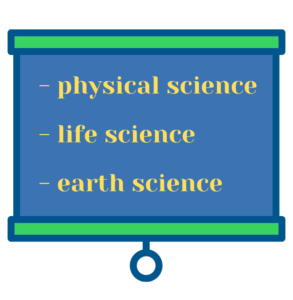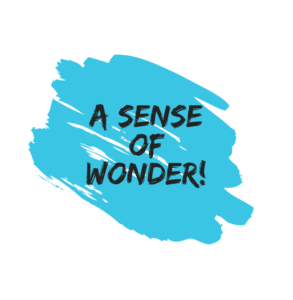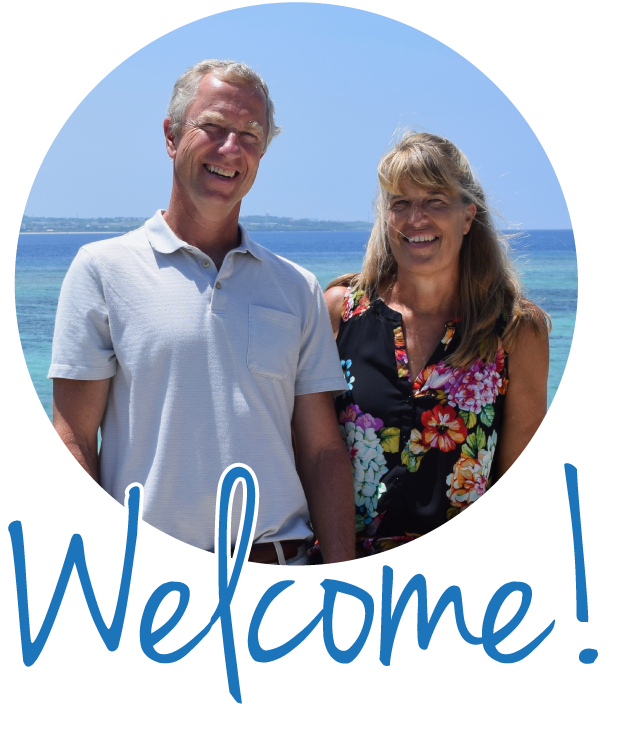Teaching the NGSS Can Be Overwhelming
For some teachers teaching the Next Generation Science Standards, or NGSS, is daunting. To me, it was a huge challenge. I volunteered to teach kindergarten through fourth-grade science. I also taught enrichment through STEM. Starting a new program was super exciting! Since then, I spent years studying the standards and looking over the curriculum. I watched hundreds of videos on various NGSS topics, etc. Consequently, I developed research-based units for each grade level.
My goal is to make science more enjoyable for both students and teachers.
First of all, visit nextgenscience.org to view the standards. Once you get there, the easiest way is to search is by grade level. All of the standards are broken down into three areas:
Each grade level builds upon the grade level before it, just like it does in most academic areas. Unlike previous standards, there is also an engineering and design component at each grade level. These are sets of expectations for what students should be able to do at each grade level. The expectations don’t tell teachers how to reach these standards. They give the teachers the flexibility to create their lessons based on the interests of their students.
Young students are innately curious. They observe the world around them and naturally ask questions. Therefore, as teachers, it is our job to encourage children’s sense of wonder!
Ask students why they think something is happening. Encourage them to base their responses on things they already know. This leads to investigations where students gather evidence. After that, ask students to build models and share their findings. These models can be simple drawings or diagrams. However, models can also be more complex. Physical replicas, dioramas, dramatizations, and storyboards are ways to show what students learn.
To help you get started teaching elementary science, check our elementary science curriculum.
And remember, it’s all science!






